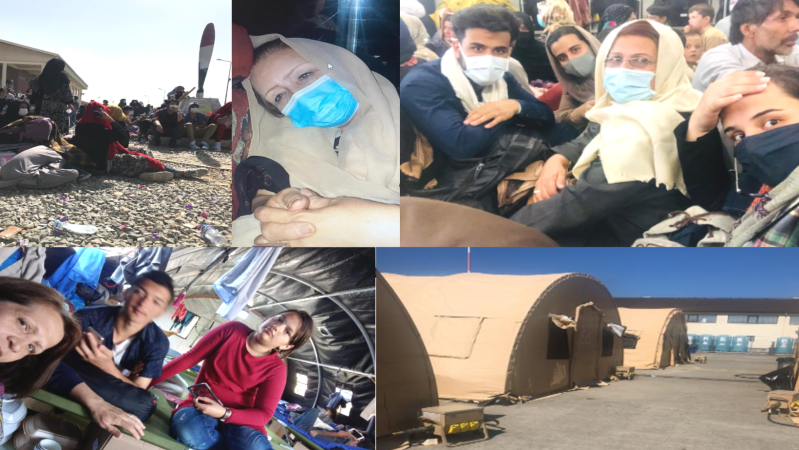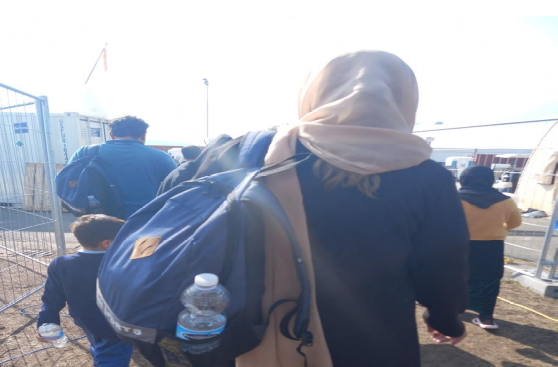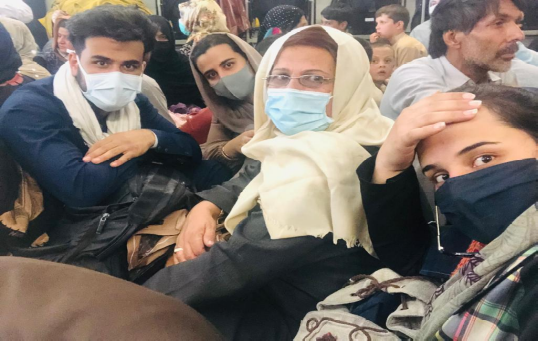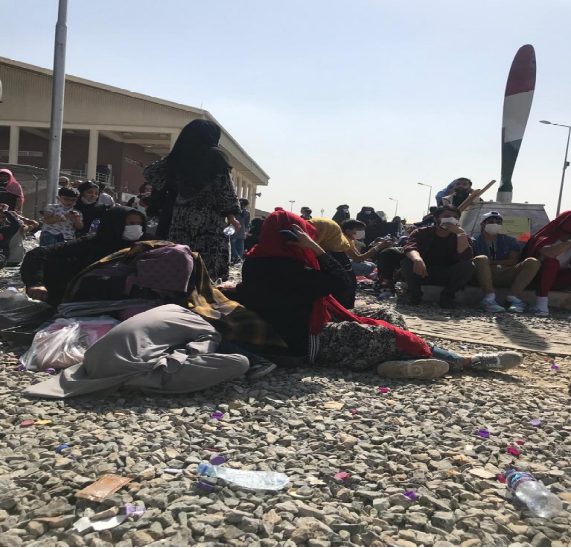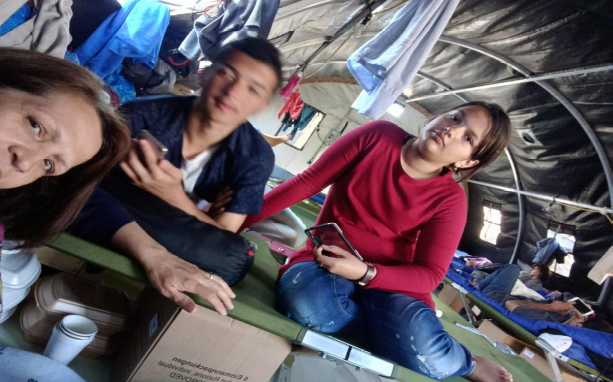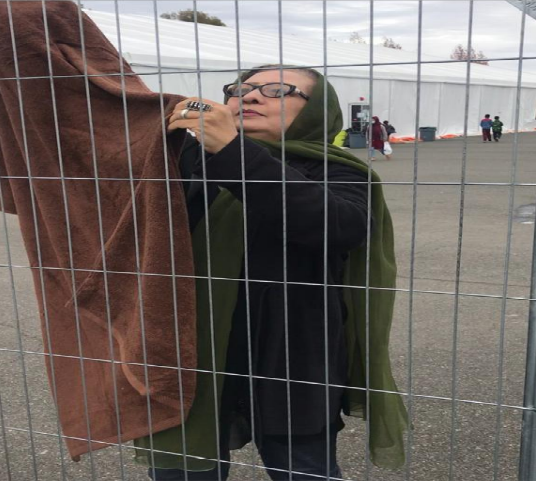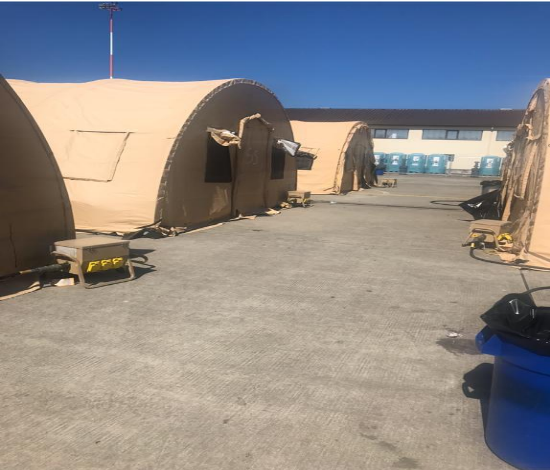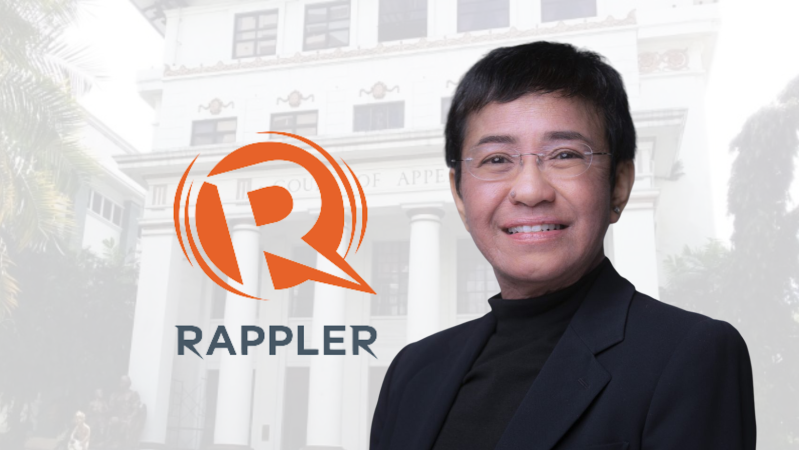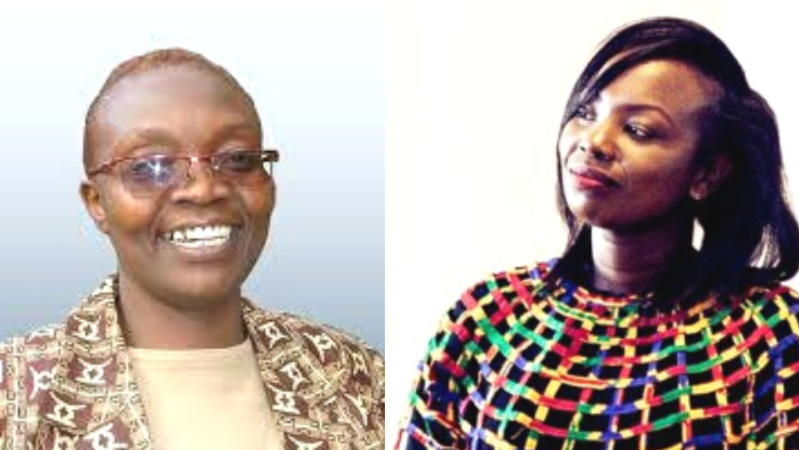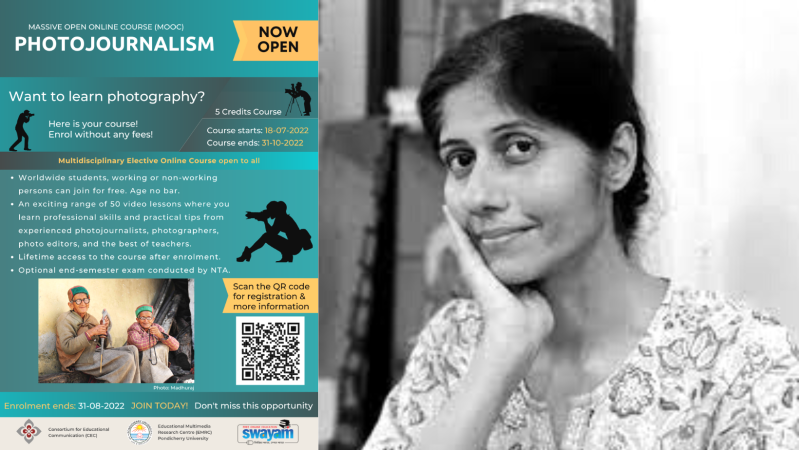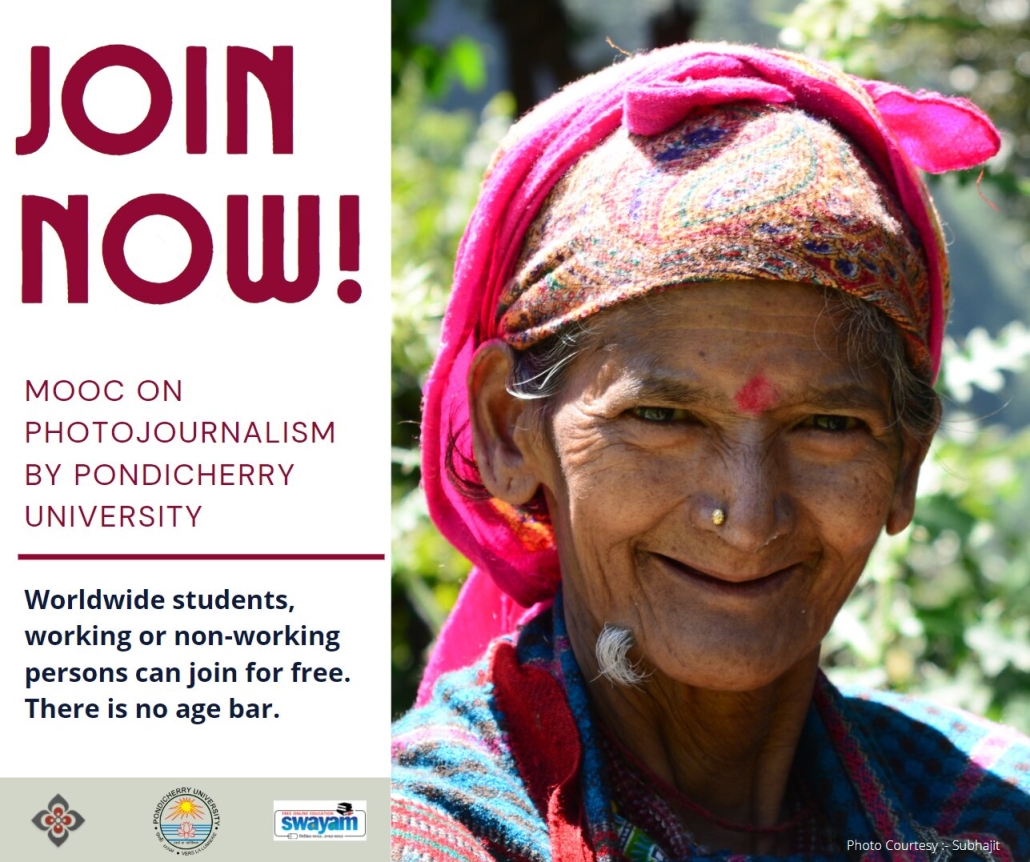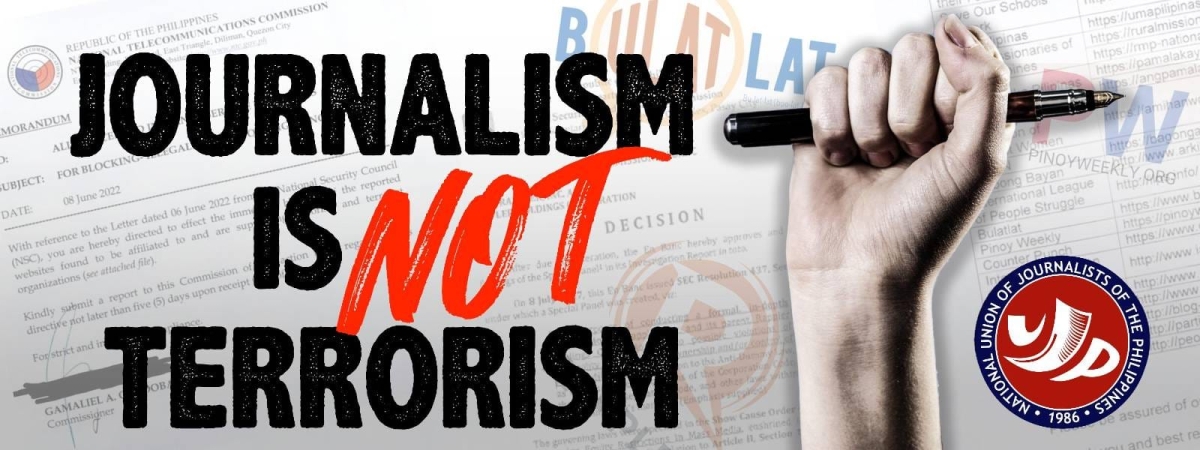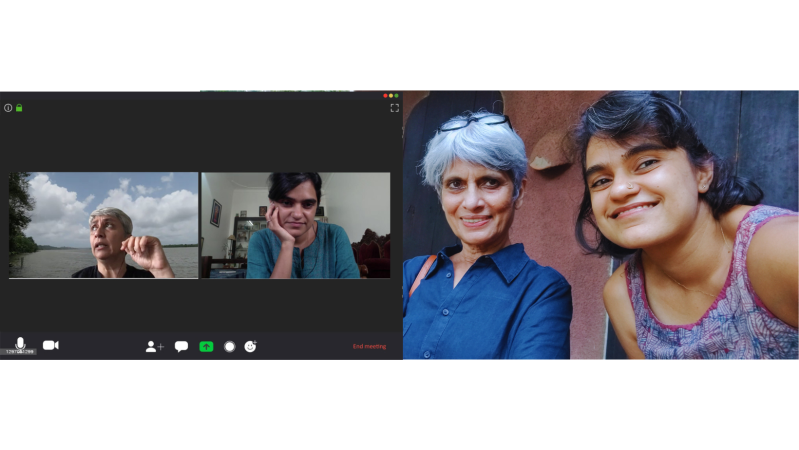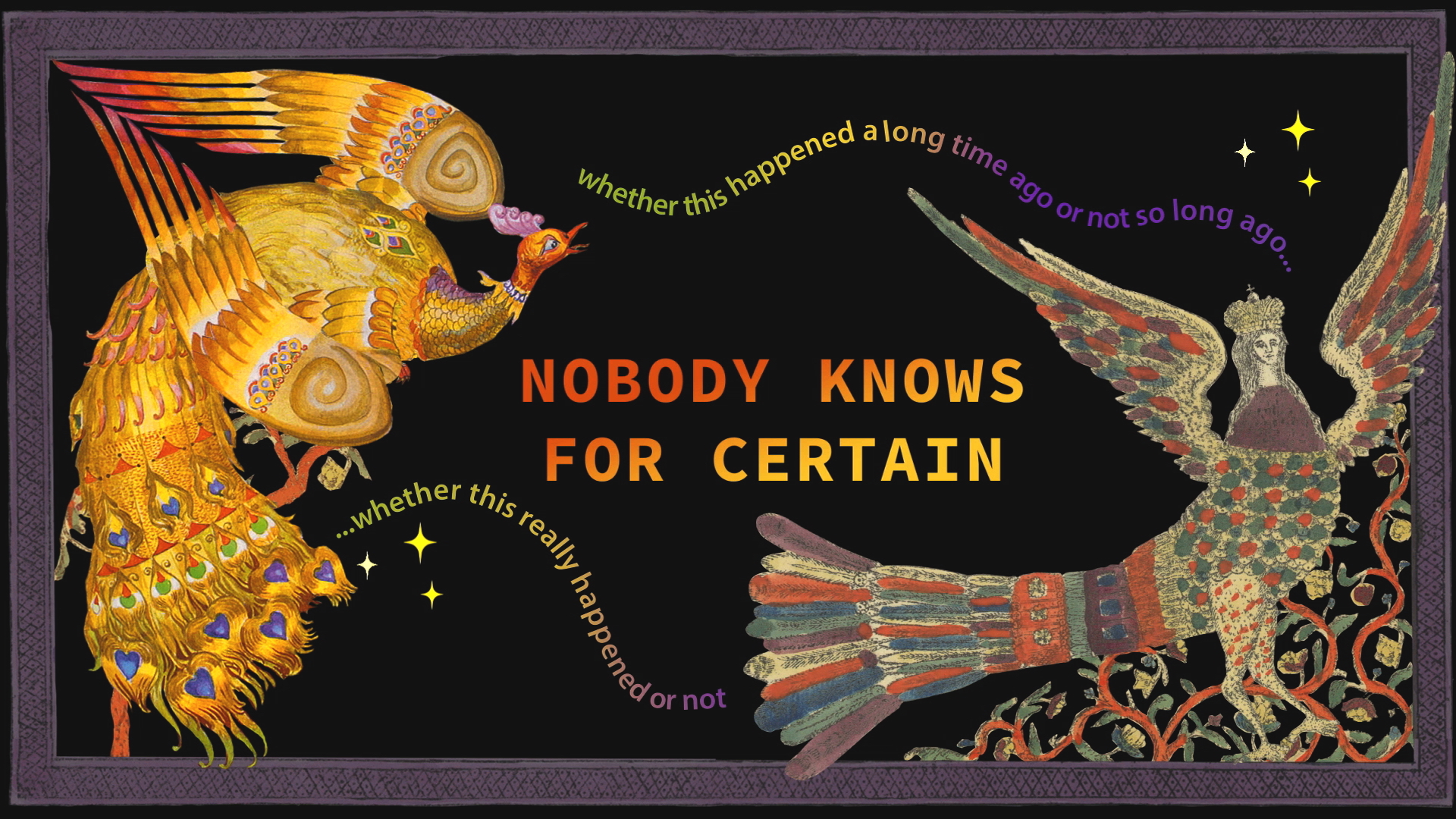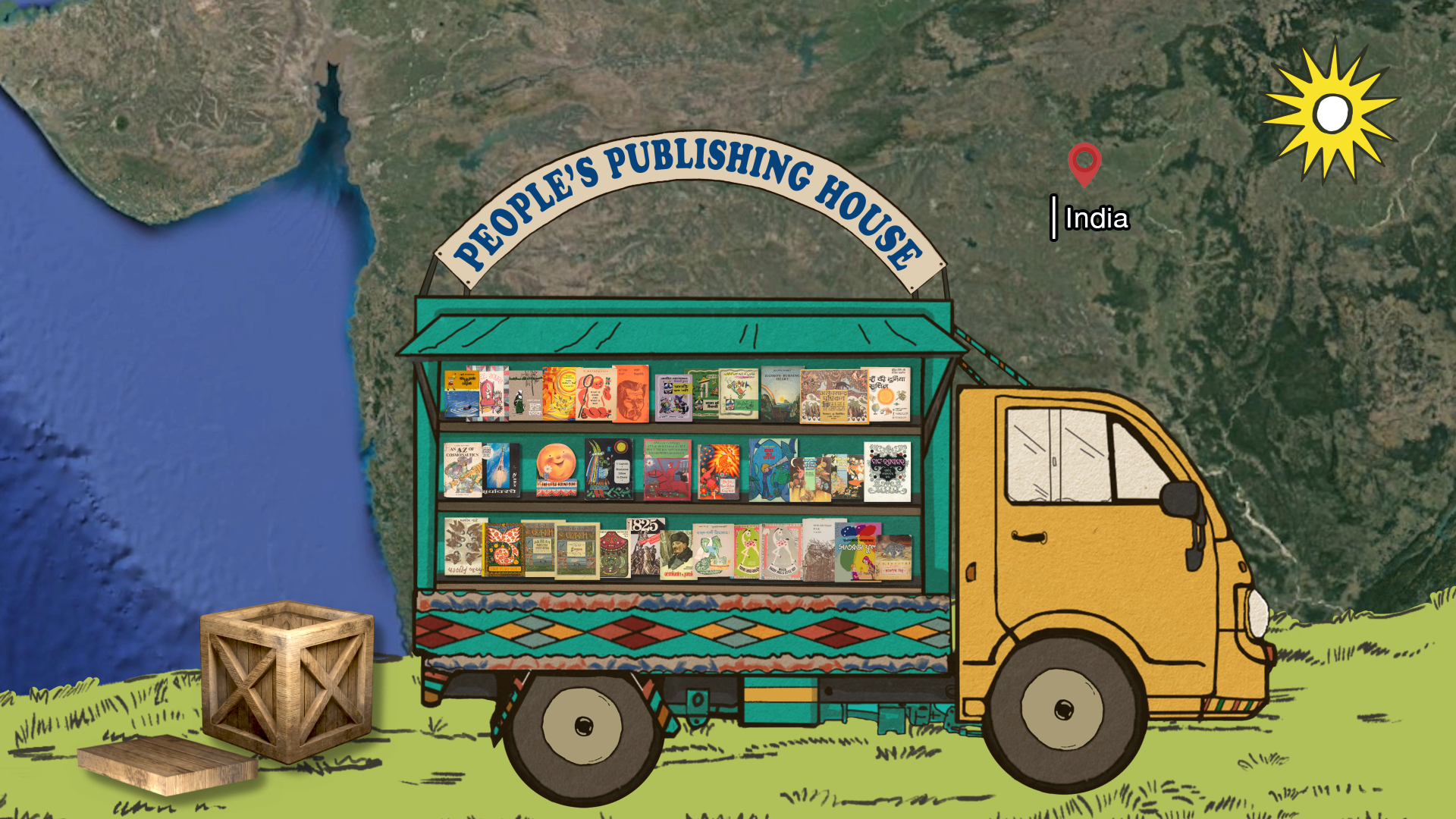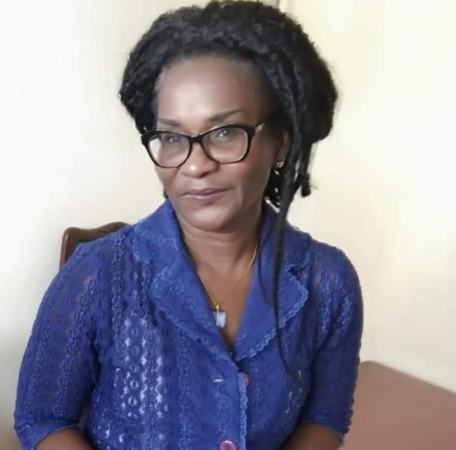You can send your questions for the directors and Chandita Mukherjee, the producer.
The link to watch the film will be shared on http://bit.ly/July-Film-Screening on 15th July noon. You can post your questions on Facebook or write to [email protected] by 17th July midnight.
‘Displacement and Resilience’: women live for a new day
This documentary film on women refugees is the outcome of collaboration between women documentary filmmakers from Philippines, Tunisia, Canada and India. It features stories about conflict, migration and the experience of exile. The film shows not only traumatic experiences, but also the resilience of women forced to flee from their countries and to take shelter in unknown lands. It also shows internally displaced women who remain in their own country, but whose lives are dislocated by the actions of the powerful. This is a gist of the five themes explored in this film, however the narrative flow of the film has a different structure.
Theme 1: Homeless in one’s own homeland, on forcible internal displacement in the Philippines, directed by Erika Rae Cruz. This story shows the predicament faced by indigenous people in many parts of the world. When natural resources are found or land for other profitable projects is identified in their areas, powerful interests start moving to grab these assets, by-passing laws protecting indigenous people and their environments. Governments oust people from their traditional homelands, to build “development” projects, to benefit global mining and agricultural corporations and to condemn the indigenous people to become refugees in their own country.
The protagonists are two articulate women chieftains of Mindanao, Bai Bibyaon of the Lumad community and Bai Ellen of the Matigsalug. Military force was used to force their communities to migrate. The people are reduced to camping in temporary shelters, building their shacks from found materials. Cut off from the environment they know and with a lack of alternative means of livelihood at the places where they squat, they have become impoverished. An intense climate of repression also creates a continuous state of tension and the future is uncertain. However, their morale is strong and the people are organised despite the attempts to terrorise them and to break their unity.
Theme 2: When identity becomes politics. This story is set in Dharamshala, the major centre of Tibetan refugees in India and is directed by Afrah Shafiq. Namgyal Dolkar Lhagyari, an elected member of the parliament of the Tibetan government-in-exile is the main protagonist in this segment. She and her colleagues in the Gu Chu Sum Association work to make the world aware of the struggles within Tibet and the human rights violations against Tibetan prisoners of conscience.
Back in their homeland, their language is banned, their script declared illegal and people can be arrested for speaking or teaching it or circulating print material in Tibetan. Here Tibetan refugees have determinedly kept their language and sense of nationhood alive.
With Chinese policy working toward erasure of their culture, the ultimate form of repression, the endurance of the Tibetan refugees, holding strongly to their focus of regaining their country is unprecedented, and the film gives us an intimate view of their life in exile. They are organised in exile, and ever-poised to negotiate a return to their homeland.
Theme 3: Pushed into a corner to die, on ethnic discrimination and genocide directed by Archana Kapoor and Chandita Mukherjee. After over a millennium of co-existence, present-day Myanmar law does not recognise the Rohingya ethnic minority as an indigenous community. Mostly confined to Rakhine state, the Rohingyas are denied freedom of movement, access to state education and entry to civil service jobs by law. Their status has been compared to that of non-whites under apartheid.
Beginning with a trickle, the exodus of the Rohingyas reached huge numbers after August 2017 when systematic armed attacks were carried out on them and their properties. When the terror was unleashed, Rohingyas ran for shelter to neighbouring countries like Bangladesh, India, Sri Lanka and several others. The governments of these countries just about tolerate them as refugees, but fence them into camps, and refuse to accept them as immigrants. They try to bring international pressure on Myanmar to take the Rohingyas back, which seems almost impossible at present.
Several of the Rohingyas met during the course of filming said they wanted to go back to their own country. What is their future, a stateless people denied citizenship in their own land? Set in Rohingya encampments in the state of Haryana in India, this segment brings us women’s accounts of their escape from violence at the hands of the Myanmar Army and the betrayal by families who sell their daughters into sex slavery during such stressful times.
In this segment we also get a glimpse of the massive humanitarian activities of the UNHCR, not only with the Rohingyas, but also other refugee populations elsewhere. Sumbul Rizvi, the Senior Coordinator, Inter Sector Coordination Group, of the United Nations, based at Cox’s Bazaar, Bangladesh, where some 920,000 refugees are camped, gives an articulate explanation of the Rohingya situation.
Theme 4: Forced to move due to wars of others, on people becoming refugees for reasons they cannot relate to their own lives. Syrian refugees have fled from their country since the onset of the Syrian Civil War in 2011 and have sought asylum in other parts of the world. The crisis has created a Syrian diaspora spread across the countries around the Mediterranean Sea and further into Europe and North America. The Syrian crisis and the proxy war behind it, has disrupted the lives of millions and turned thriving cities and villages to ruins. From an estimated pre-war population of 22 million, in 2016 the United Nations identified 13.5 million Syrians requiring humanitarian assistance. Over the course of the war, a number of peace initiatives have been launched, but fighting continues.
The protagonist of this story is Haifa, a woman from Ghouta and her extended family – children, parents, siblings and their children. When the war got too close to remain in Ghouta, they escaped the war on a ship and found refuge in Tunisia. Shortly before they left, her husband was called out of his home by unknown persons and has not been heard of again. She tried very hard, but could not get to the truth behind his disappearance. In Tunisia she works as a part-time domestic help at several households, cooking and cleaning all day long, and returning to do the same in her own home. She leads a very difficult and precarious existence. We get a close view of her struggle with depression and her effort to focus on her children’s education, and to bravely dream of a future, where her husband may even be found alive.
Theme 5: What happens after the leap across the abyss? How do displaced women adapt to societies very different from theirs? In their countries of origin, there was no requirement to go out and mingle with outsiders. their homes were their focus. However, having migrated, how do they create meaningful interactions with local people, acquire new skills, learn to make a living and build new lives? Set in Vancouver, Canada, this segment on Syrians in Canada is directed by Eva Anandi Brownstein.
After a local Arabic-speaking woman took the initiative, they started a food collective called Tayybeh, which specialises in Syrian regional cuisines. They reach out to the local community through their cooking and catering services, and are seen at a variety of venues – a dinner attended by leading citizens of the city, a small church dinner and they also run a food truck. In the process, they contribute to the cultural diversity of the area, gain new skills and develop the economic strengths needed to run a business. They hope to learn English and educate their children and look forward to re-uniting with their loved ones, scattered in distant places around the globe. They dream of returning to Aleppo, Latakia and the other beloved places left behind.
See event on Facebook here.


